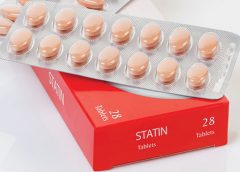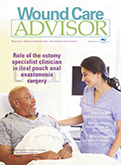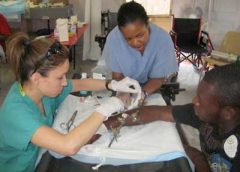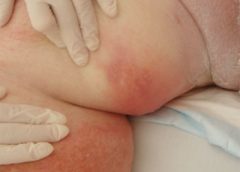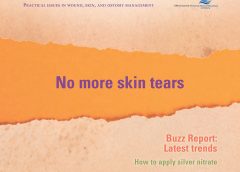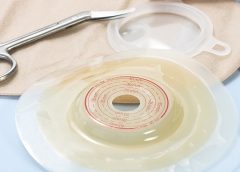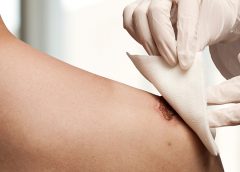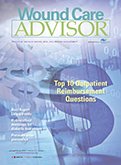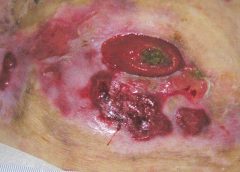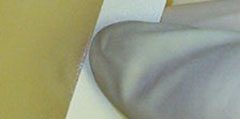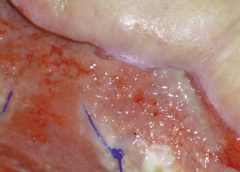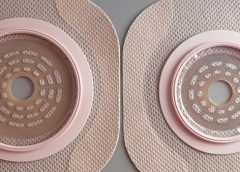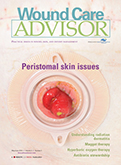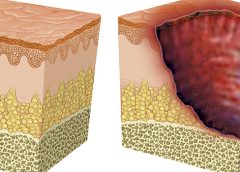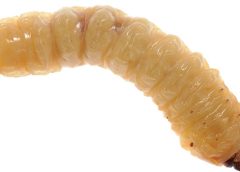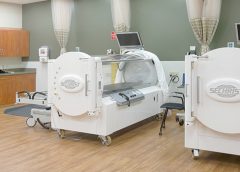Management of biofilm recommendations
The Journal of Wound Care has published “Recommendations for the management of biofilm: a consensus document,” developed through the Italian Nursing Wound Healing Society.
The panel that created the document identified 10 interventions strongly recommended for clinical practice; however, panel members noted that, “there is a paucity of reliable, well-conducted clinical trials which have produced clear evidence related to the effects of biofilm presence.” (more…)
Read More
In the first article of this series, I shared how the NAWCO Certification Committee works. Although it was only a brief overview, I hope it gave you an idea of the work this talented group of individuals does. In this article, I will continue to introduce you to the 15 members of the committee. (more…)
Read More
This issue we focus on resources to help clinicians protect themselves from injuries and engage in a healthier lifestyle.
OSHA safety website
A hospital is one of the most hazardous places to work, according to the Occupational Safety and Health Administration (OSHA). The agency provides a wealth of information on how to protect hospital workers as part of its website Worker Safety in Hospitals: Caring for Our Caregivers. PDF resources include:
• A fact sheet that helps dispel myths, barriers, and concerns related to safe patient handling
• Information on making the case for safe patient handling programs (more…)
Read More
According to the National Cancer Institute, an estimated 1.6 million new cases of cancer will have been diagnosed in the United States in 2015. During the course of their disease, most cancer patients receive radiation therapy.
Delivering high energy in the form of waves or particles, radiation therapy alters the DNA of cancer cells, causing their death. Radiation can be administered either externally or internally (through materials placed into the body). It’s given in fraction doses, with the total recommended dose divided into daily amounts. Treatment, including the total dose, is determined on an individual basis.
Although improvements have been made in delivery of radiation therapy, approximately 95% of patients who receive it experience a skin reaction. What’s more, radiation therapy commonly is given concurrently with chemotherapy or targeted therapy to improve survival, which increases the toxicity risk. (more…)
Read More
As full-thickness wounds heal, they begin to fill in from the bottom upward with granulation tissue. At the same time, wound edges contract and pull together, with movement of epithelial tissue toward the center of the wound (contraction). These epithelial cells, arising from either the wound margins or residual dermal epithelial appendages within the wound bed, begin to migrate in leapfrog or train fashion across the wound bed. Horizontal movement stops when cells meet (contact inhibition). The ideal wound edge is attached to and flush with the wound bed, moist and open with the epithelial rim thin, and pale pink to translucent. (more…)
Read More
For an ostomy pouching system to adhere properly, the skin around the stoma must be dry and intact. Otherwise, peristomal skin problems and skin breakdown around the stoma may occur. In fact, these problems are the most common complications of surgical stomas. They can worsen the patient’s pain and discomfort, diminish quality of life, delay rehabilitation, increase use of ostomy supplies, and raise healthcare costs.
Peristomal skin problems also perpetuate a vicious cycle in ostomy patients: They impair adhesion of the pouching system, which in turn exacerbates the skin problem. That’s why maintaining peristomal skin integrity and addressing skin problems promptly are so crucial. (more…)
Read More
Moldable skin barrier effective for elderly patients with ostomy
A study in Gastroenterology Nursing reports that compared to a conventional skin barrier, a moldable skin barrier significantly improves self-care satisfaction scores in elderly patients who have a stoma. The moldable skin barrier also caused less irritant dermatitis and the costs for leakage-proof cream were lower.
“The application of a moldable skin barrier in the self-care of elderly ostomy patients” included 104 patients ages 65 to 79 who had a colostomy because of colorectal cancer.
Risk factors for severe hypoglycemia in older adults with diabetes identified
(more…)
Read More
Wound Care Advisor is owned and published by HealthCom Media. Wound Care Advisor is peer reviewed. The views and opinions expressed in the editorial and advertising material on this website are those of the authors and advertisers and do not necessarily reflect the opinions or recommendations of the NAWCO, the Editorial Advisory Board members, or the Publisher, Editors and staff of Wound Care Advisor.
Wound Care Advisor attempts to select authorities who are knowledgeable in their fields. However, it does not warrant the expertise of any author, nor is it responsible for any statements made by any author. Certain statements about the uses, dosages, efficacy and characteristics of some drugs mentioned here reflect the opinions or investigational experience of the authors. Nurses should not use any procedures, medications, or other courses of diagnosis or treatment discussed or suggested by authors without evaluating the patient’s conditions and possible contraindications or dangers in use, reviewing any applicable manufacturer’s prescribing or usage information, and comparing these with recommendations of other authorities.
We encourage people with wounds and ostomy questions to contact their care provider; we are unable to provide medical advice.
Read More

